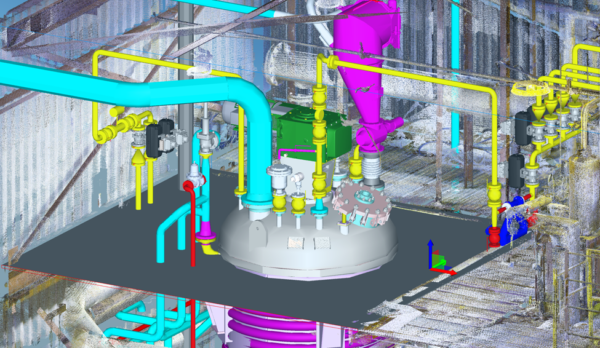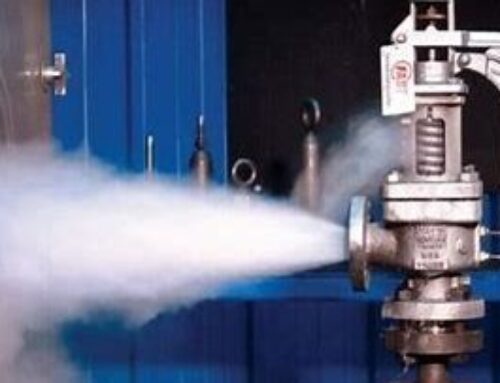
30-years ago, the simple use of computers in engineering and design qualified as cutting-edge technology. However, the basic utilization of a computer is no longer sufficient today, when the average smart vacuum has more computing power than a computer of that era. To be cutting-edge, the way in which we use computers must fundamentally be different than 30-years ago.
Document Management
File systems mimic a file cabinet, where information is stored in “folders”. Similar to the paper filing system on which they were modeled, they have limitations, though. To name a few:
• Files can only be viewed by one user at a time
• The information is centrally stored and can only be accessed from one place
• There is no way to know who modified the file over the years and what changes they made
• Files need to be manually managed if you want to establish a workflow that involves someone checking someone else’s work. Some companies email copies of the file around. Other companies have files moved into a “To be checked” folder. These ad hoc systems are easily subverted and the checks skipped, though.
The more efficient solution is a document management system. Some of the efficiencies gained are:
• While one person at a time checks out and has “edit” privileges to a file, other people can view the current version and reference it. Additionally, these users can then choose to be notified when the file is checked-in and a new version is available.
• The files are centrally-managed but also exist on users’ computers. The end result is that users have files available to them, even in the event of poor or no internet.
• A rich version history allows engineers to easily review it and identify when a change was made and by whom.
• Workflows occur automatically. For example, when a P&ID is redlined, it can automatically be placed in a queue for designers. When the designer is finished with the P&ID, it automatically is returned to the originator and flagged for backchecking. The originator and designer can iterate in this workflow until the P&ID is perfect.
Specification-driven 3D Design
Manufacturing plants were successfully built before the dawn of computers. This required excessive man power, use of paper, drafting boards, and quadruple checking of every last facet. Additionally, construction was largely “stick-built” in the field. In modern times, 3D design on a computer enables the design to be much faster and more efficient. The model is more easily understood by non-designers, too, so design reviews are more effective which enables potential maintenance, operability, or access issues to be identified preemptively and addressed.
Furthermore, with the software being specification-driven, fewer checks are needed to arrive at the same level of quality. Simply ensuring that a) the correct piping specifications are used for the pipelines and b) the piping specifications in the software adhere to the customer’s piping specifications, one then knows that the modeled piping is correct (ie. materials of construction, wall thickness, joint type, valves, etc are all proper).
3D design, coupled with laser scanning (discussed in another blog post), enables the resulting installation drawings and piping isometrics to be exceptionally accurate. The mechanical contractors can then fabricate piping spools and have them radiographically examined in their shop, which is substantially cheaper and faster than doing this work on site.
Document management systems and specification-driven 3D design are two significant ways in which C-P Systems uses technology as a means to efficiency. Future blog posts will discuss other ways in which we generate value on behalf of our customers through our use of technology.





